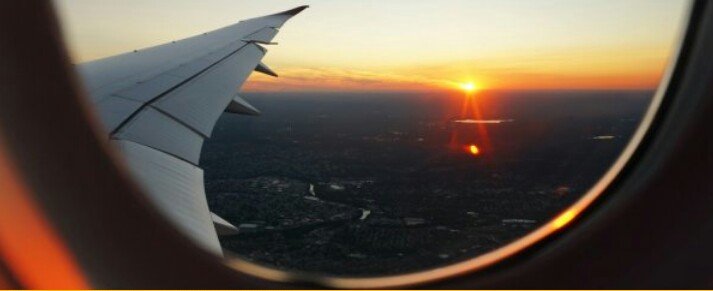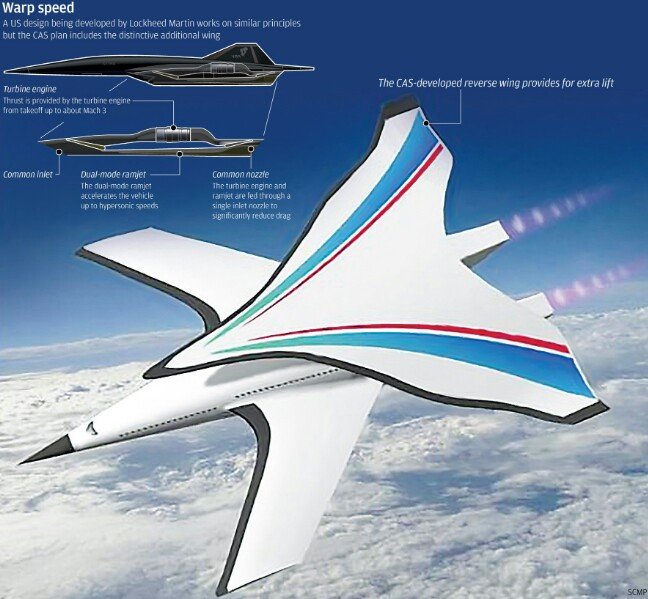
Worldwide forces are pushing flight quicker. With Japan hoping to reintroduce supersonic rates to air ship, China has joined a few US organizations in chipping away at flying machine equipped for accomplishing hypersonic speeds - and they're generally far along.
Specialists from the Chinese Academy of Sciences in Beijing effectively tried their "I Plane" (named on the grounds that it looks like a capital 'I' when seen from the front) in a breeze burrow at speeds running from Mach 5 to Mach 7, or than 3,800 to 5,370 miles for every hour.
In their exploration, distributed in the diary Science China Physics, Mechanics and Astronomy, the group clarifies the hypersonic plane would just need "several hours" to set out from Beijing to New York.
For correlation, a business carrier flight can take no less than 14 hours.
Testing has been fruitful up until now, with the specialty creating low drag and high lift.
As detailed by the South China Morning Post, the I Plane's lift was about 25 percent of that of a Boeing 737; contrasted with the 737's capacity to convey up to 20 tons, or 200 travelers, an I Plane of a similar size could convey 5 tons or 50 travelers.

A specialist acquainted with the task (who went anonymous) told the SCMP the I Plane could be utilized to transport bombs also, saying it could be "something like a hypersonic overwhelming aircraft".
Unexpectedly, China additionally as of late created hypersonic rockets equipped for going at speeds over 7,000 mph (11,250 km/h).
Well known Science noticed the I Plane's improvement mirrors China's want to be a pioneer in the hypersonic weapons contest.
China's next hypersonic venture incorporates a breeze burrow that can create paces of up to Mach 36, making it more skilled than the Mach 30 LENX-X in Buffalo, New York.
US Admiral Harry Harris cautioned congress in February about China diving into hypersonic innovation, however it's not as if the US isn't chipping away at hypersonic undertakings of its own.
Specialists from NASA found a year ago that boron nitride nanotubes could be a material that makes hypersonic air travel more practical, and could permit NASA planes to cross the nation in under 60 minutes.
Moreover, the US Navy is trying hypersonic weapons that could hit anyplace on Earth inside 60 minutes, and Lockheed Martin implied in January the SR-72 - the successor to the SR-71 Blackbird - is as of now being developed, and that this hypersonic plane could be flying by 2030.
It'll be some time before hypersonic flight comes to marketed airplane, yet going hypersonic is as of now being gained by. Now, it comes to who can utilize it all the more successfully first.